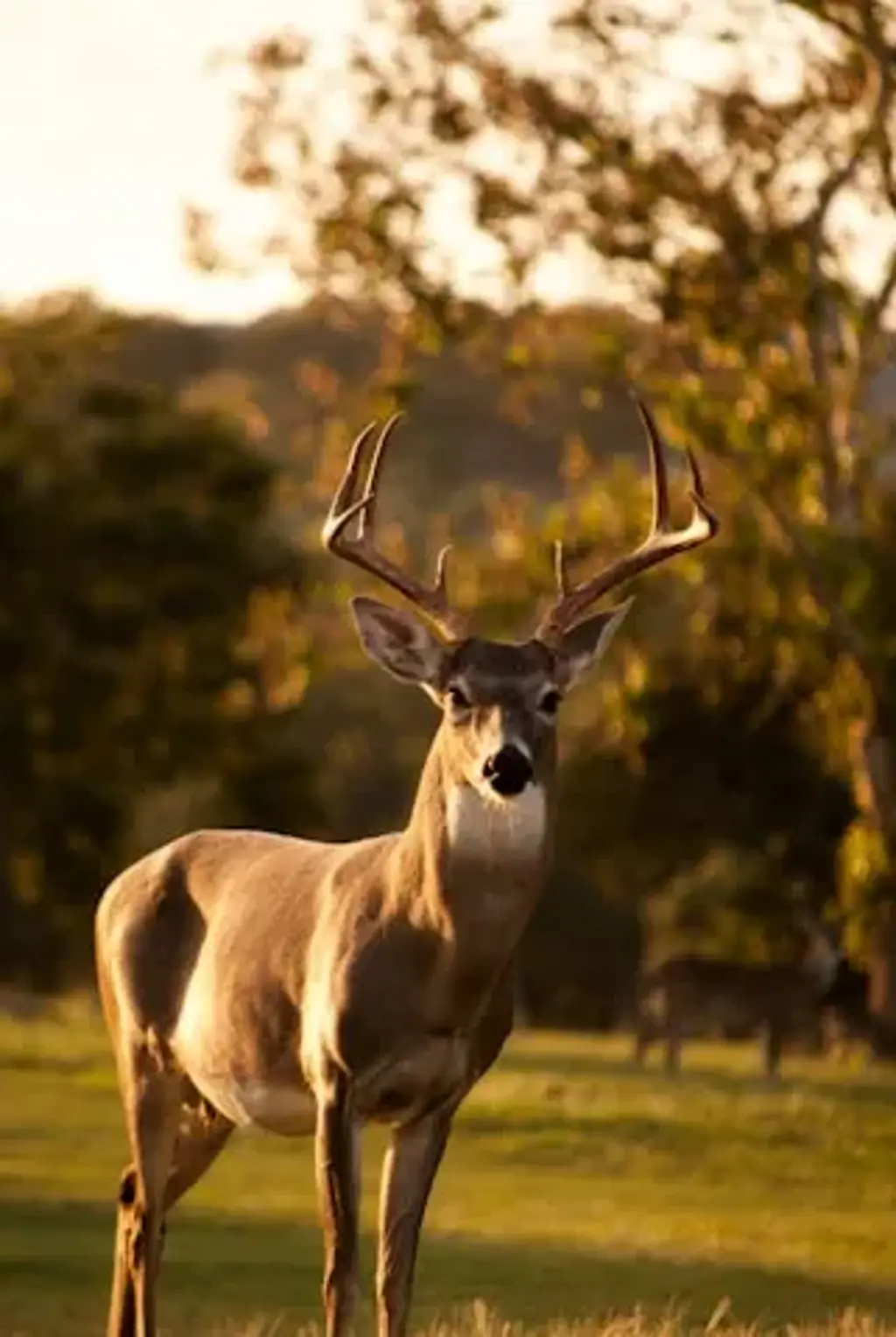NASA has unveiled the first set of photographs of the universe captured by the James Webb Space Telescope.
The instrument - which is the largest and most powerful telescope ever launched - revealed the wonders of our universe in more detail than ever before.
NASA Administrator Bill Nelson had a press conference on Tuesday (July 12) before revealing the images, and said: "Every image is a new discovery and each will give humanity a view of the universe that we've never seen before."
"This telescope will be able to penetrate dust clouds and see light from the far corners of the universe," he added.
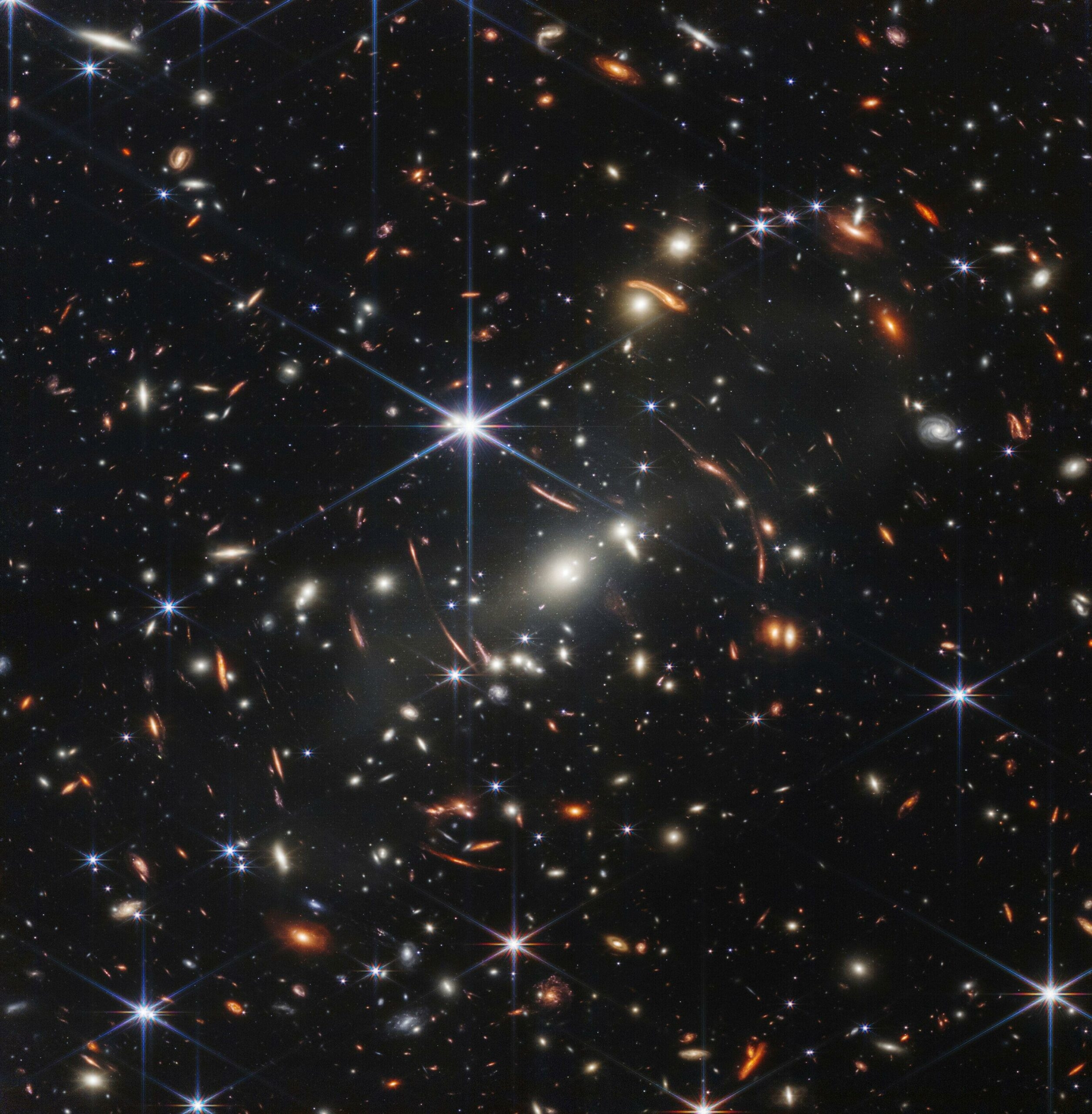
According to Sky News, Jane Rigby, a civil servant Astrophysicist at the NASA Goddard Space Flight Center who worked on the project, this photo indicates the time the sun and Earth were formed.
She went on to say the picture has a "sharpness and clarity" they've never had before, and that under a close-up, it is possible to witness "individual clusters of stars forming, just popping up like popcorn".
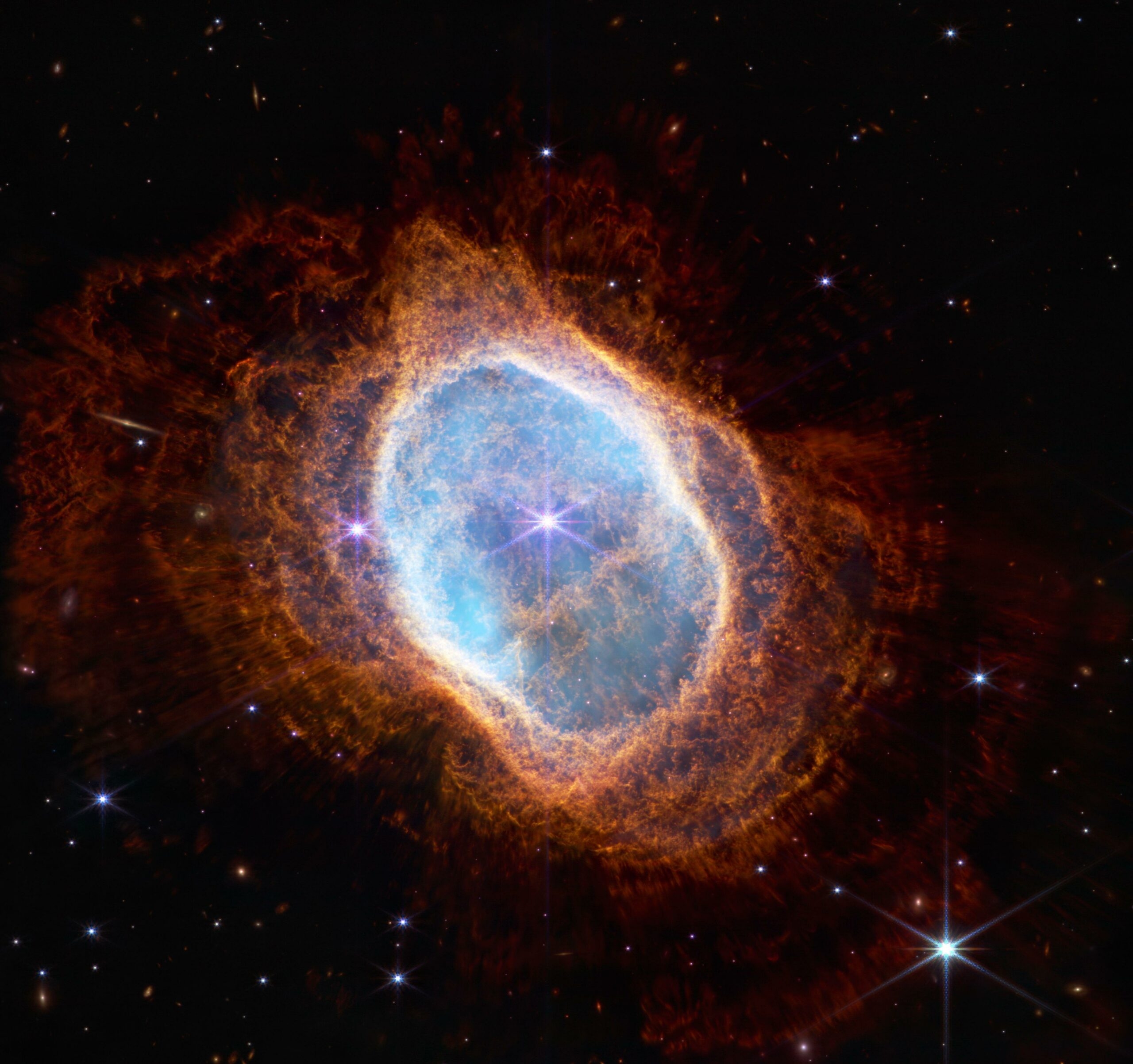
According to LiveScience, in the infrared image above, we can see a bright orange foam of molecular hydrogen stirring around a blue haze of gas.
It is nearly half a light-year in diameter and is discovered approximately 2,000 light-years away from Earth. The nebula is sometimes also called "eight-burst".
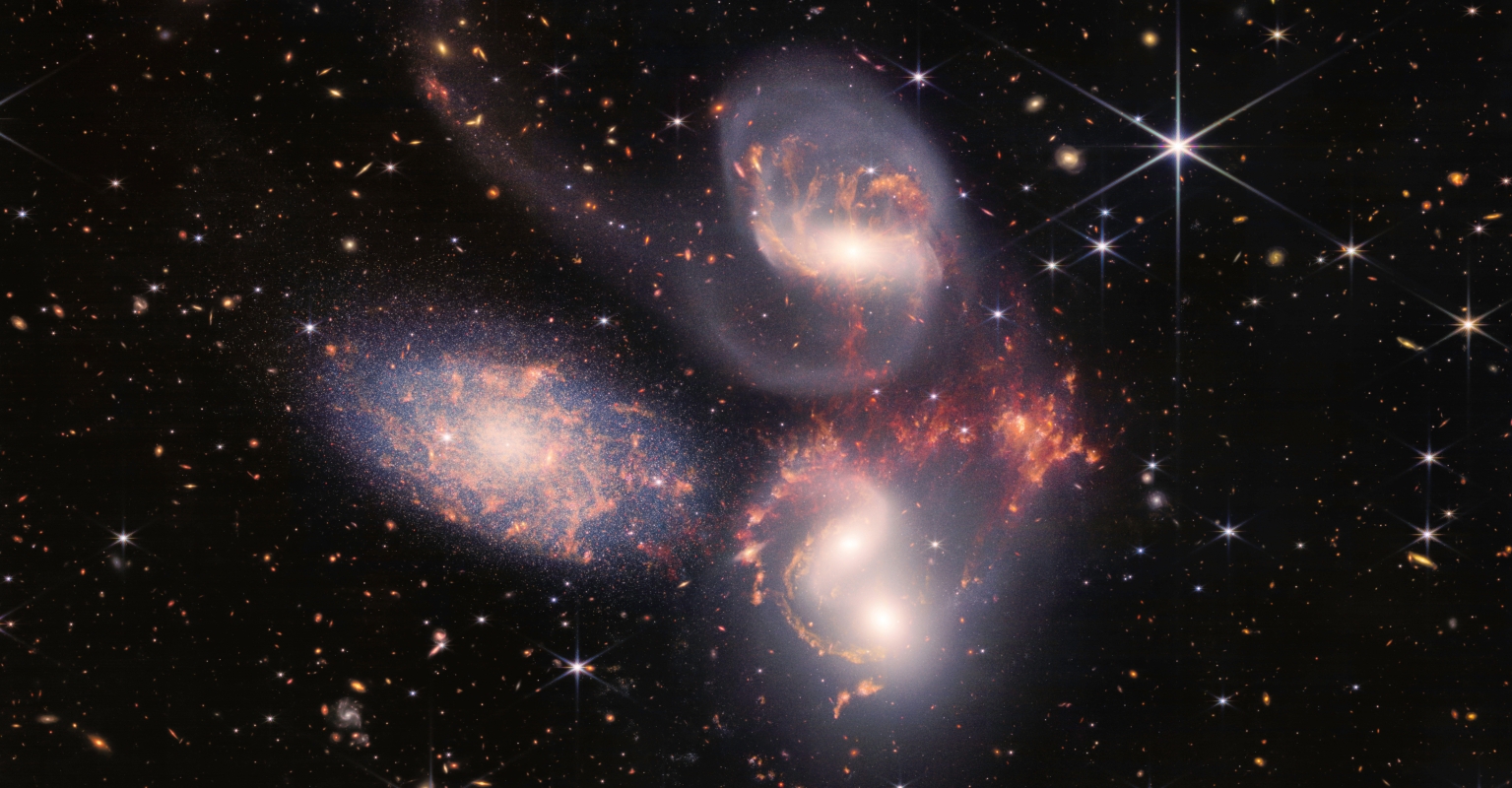
The picture above displays a group of five galaxies, two of which are in the process of integrating. It's a mixture of mid-infrared and near-infrared images that exhibits stars being born.
While it is called a "quintet", only four of the galaxies are truly interacting in a cosmic dance - the one on the left is actually in the front.
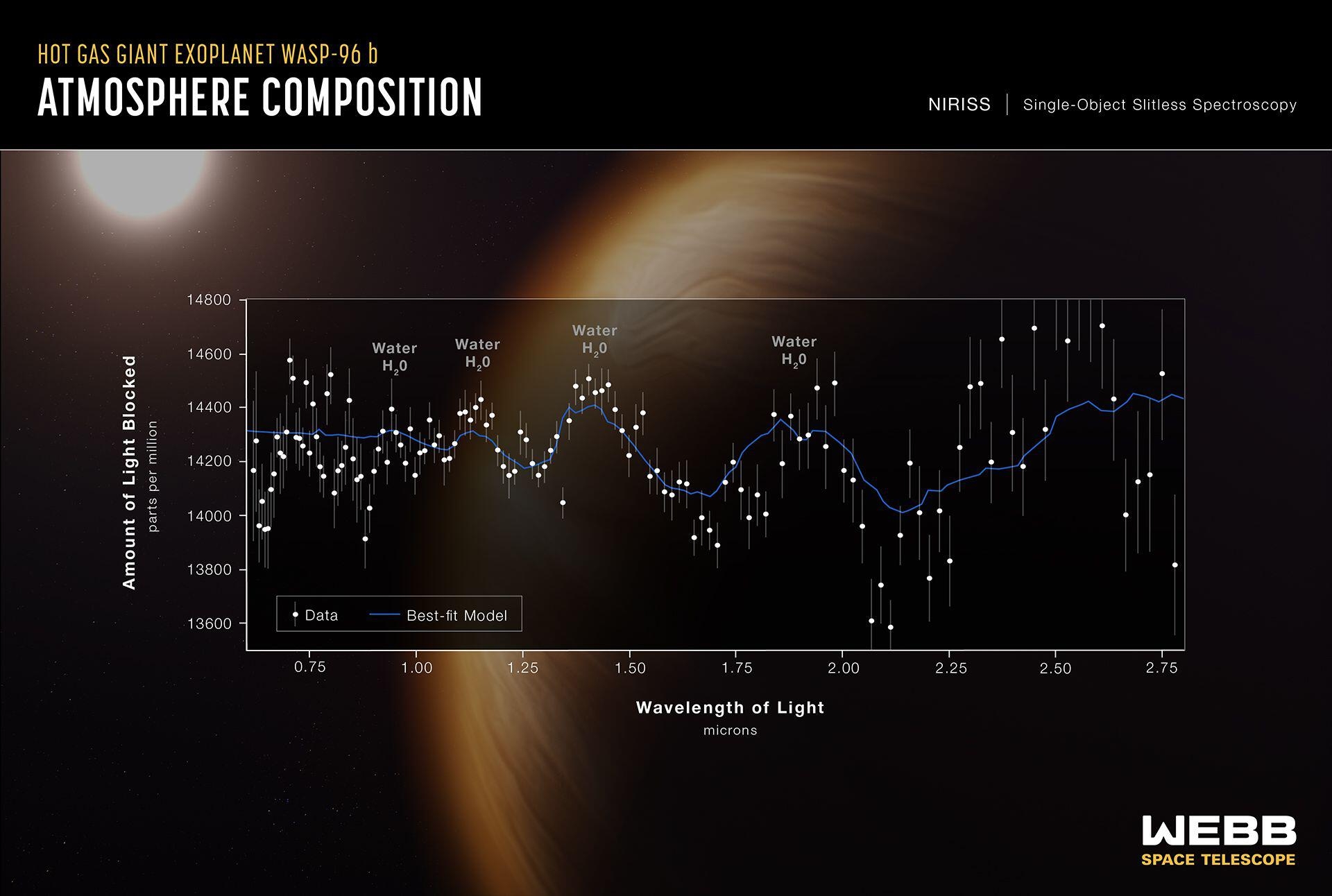
The graph above shows an examination of the atmosphere of a large planet called WASP-96 b and is the first "spectrum analysis" of an exoplanet's atmosphere. It examines a giant gas planet found nearly 1,150 light-years from Earth, which orbits its star every 3.4 days, and has approximately half the mass of planet Jupiter, and its finding was first reported in 2014.
James Webb will continue investigating the "spectrum" of the planet by taking several photos of it over the following months. The investigation is carried out by spitting light into its element "colors" as a way of showing what a body is made of, its temperature, and how quickly it is moving.
Per Sky News, NASA said: "Webb spotted the unambiguous signature of water, indications of haze & evidence for clouds (once thought not to exist there)!"
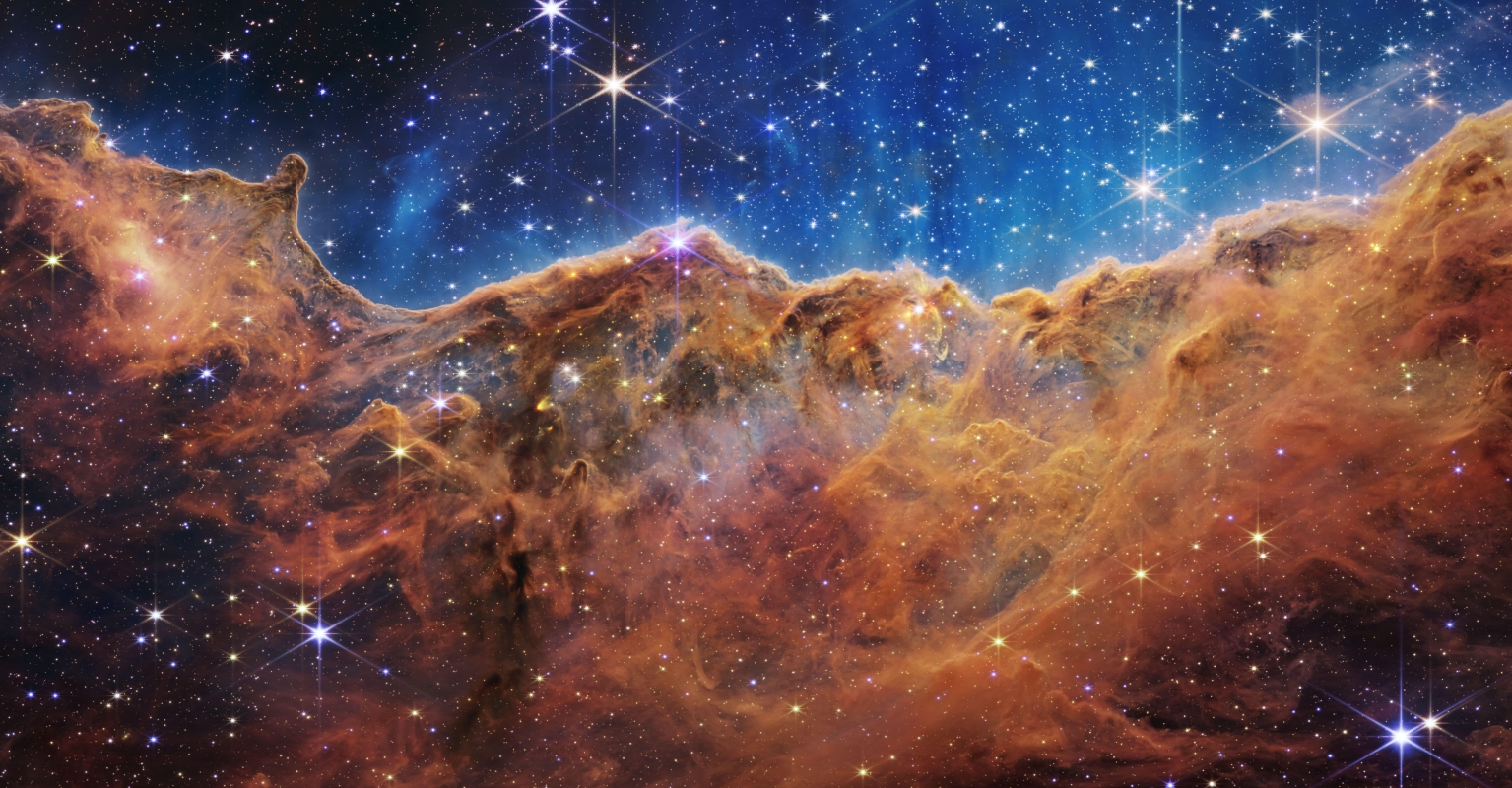
The Carina Nebula is a star-forming region within our own Milky Way galaxy and contains many stars much bigger than the sun.
It is located approximately 7,600 light-years from Earth in the southern constellation Carina, and this new perspective offers us a rare glance at the luminaries in their earliest stages of appearance.
"We have these gigantic, hot young stars up here at the top, and the radiation and stellar winds from these stars is sort of pushing down and running into all of this gas and dust," says Astrophysicist Amber Straughn of the NASA Goddard Space Flight Center.
"And of course, we know that gas and dust is great raw material for newborn stars and baby planets," Straughn added.
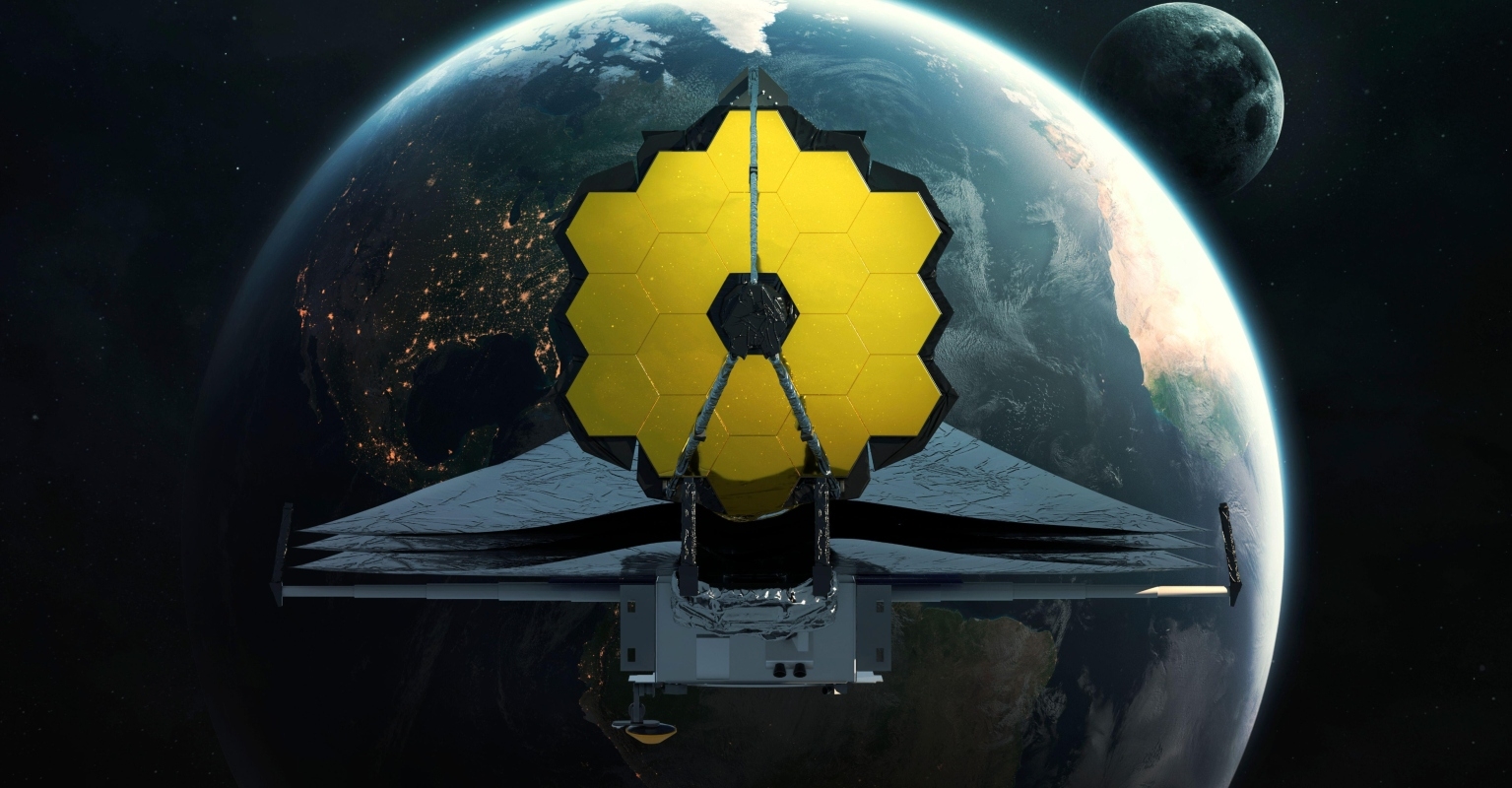
These pictures are the first of millions the new telescope will produce over its 20-year lifetime. Eric Smith, Webb program scientist, and NASA Astrophysics Division chief scientist said the initial objective was to see the first stars and galaxies of the universe, effectively watching the universe "turn the lights on for the first time".
Smith, who has worked on Webb since the project began in the mid-1990s, wrote in an update blog.: "The James Webb Space Telescope will give us a fresh and powerful set of eyes to examine our universe."
"The world is about to be new again," he added.
What do you guys think about these stunning new images? Let us know in the comments section!













